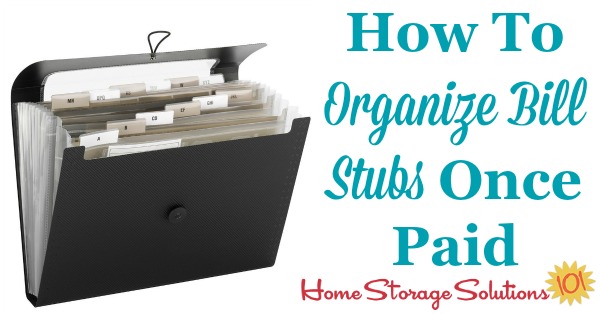

*Yup, I give myself 5 or 6 days for online bills. For online bills I pad about 5 or 6 days before the due date.* If I need to transfer money I give myself about a week too to make sure the money gets transferred over (I keep my savings in my Capital One 360 Savings account). For example: If I have to mail a bill I give myself about a week. I then determine when I have to actually pay the bill to make sure I meet the due date. When I get a bill I open it up and check out the due date. I’ve been experimenting with Google Calendar to set up reminders to pay my bills on time! That happens to me too! What’s another fail safe you can use? Or the envelope gets mixed up with other mail and junk and when you find it it’s already late. Problems occur when you don’t notice the date or forget to keep up with the bill. You can write the date you need to pay the bill on the envelope. But if you are like me you would rather keep the money in savings for as along as possible or you budget in such a way that certain bills get paid with different paychecks.
#How to organize your bills in 2017 how to
How to Set Up Google Calendar Reminders to Pay Your Bills on Time Keep reading and I’ll tell you about a few systems I’ve used to pay bills on time including how to set up one of my favorites - Google Calendar. I definitely needed a bill/pay calendar system that would work for me! There is just about nothing more frustrating than looking through your bills and realizing one was already past due! Digging out of it was tough but what made it harder was paying late fees because I would miss the credit card due date by a few days or so. There was a time when I had a lot of credit card debt. If you are lucky you can pay the bill online but that’s not always an option (I’ve found that some companies have a cut-off time). The 2017 Bill Organiser includes – Front cover, spine label, calendars from August 2013 to December 2014 and pages to keep all details handy for bank and other accounts such as electricity, phone etc and a debt repayment plan to track how much you still have owing on a loan.Have you ever realized you had a bill sitting around that was due today? I use the A4 Marbig Expanding Binder Wallets from OfficeWorks to store the receipts. Over the years I have also use a large folder with clear cover to insert front page from OfficeWorks READ MORE: A few steps to create a ‘non-filing cabinet’ organised filing system for your paperwork.Ĭurrently I am using these folders found at Kmart for my office paperwork, found at Kmart. All bills and receipts that don’t need to be kept for tax purposes are then shredded.It is a good idea to photocopy receipts for large ticket items such as TV’s, fridges etc just in case as they may fade over the years. At the end of the financial year, I then place all the receipts that we need to keep for tax purposes in a labelled box (labelled for each financial year).I keep department store receipts for 6 months just in case I need to return something. I keep them for this period of time just in case there is a discrepancy on my credit card statement I have the receipt to look back on. Also I throw out the grocery, petrol, miscellaneous receipts after 3 months. This makes it easy to find a receipt if needed in the future. At the end of each month I then staple all the receipts in each wallet together and write the month and year at the top of the first receipt.I then file the paid bills into my folders, grouping like bills together eg. At the beginning of each week I look at the bills calendar to see what bills need to be paid and pay them.For example if a toy breaks, or I buy some clothes I can easily locate the receipt to return with the item. I sort them like this so I can easily find a receipt if needed. Once I have entered them into the budget I then file them into a plastic wallet in my bill organiser (each wallet is categorised) Eg grocery bills, department stores (for clothing, toys etc), healthcare, kids/sporting, other and my business expenses.Throughout the week I empty the receipts from my purse into my receipts bin, each week I add these receipts to the ‘actual spending’ tab in our household budget.When bills arrive in the mail, I write the due date into my bills calendar, I then clip the bill to the inside of my bill organiser folder cover ready for when it needs to be paid.Keeping everything in the bill organiser meant that it was really easy to locate everything.

I needed a system that was easy to use and wasn’t going to let me forget to pay a bill, as being on one wage I didn’t want to incur any extra overdue fees. My hubby had this under control but as I like to do, I created an organised system. Soon after becoming a SAHM I took on the role of managing the household bills. Paperwork in the office can easily become a mess, get lost and keeping on top of it can be somewhat challenging.


 0 kommentar(er)
0 kommentar(er)
